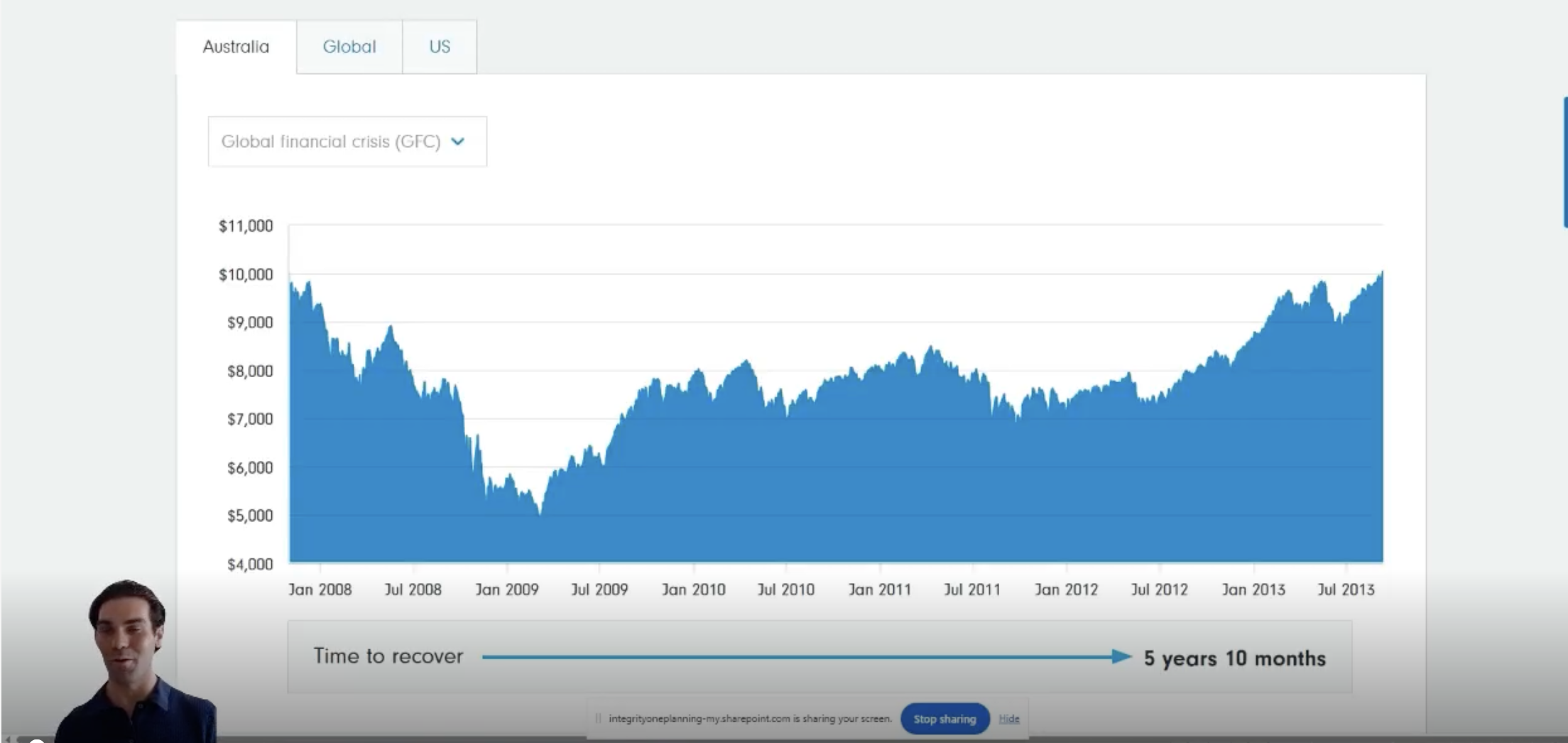
Bonds are not usually the flashy upstarts of the investment world with their every move reported, like stocks.
But the Trump Administration’s extraordinary refashioning of world trade, with on-again off-again tariffs of eye watering amounts, has put bond markets in a similar position to share markets – in turmoil.
So, with the bond markets attracting more attention than usual, we take a closer look at the asset class.
What is a bond?
A bond is a bit like an interest-only loan and there are many different types of bonds available. A government (government bond), or sometimes a large company (corporate bond), issues bonds to investors to raise funds for infrastructure or, in the case of a company, for expansion.
Large institutional investors tend to favour some of the more complex types. Retail investors are more often interested in fixed-rate bonds, known as a fixed-income investment because of the regular payments made to the investor (or the coupon interest rate). The principal (called the face value) is repaid at an agreed date when the bond matures.
These bonds can also be traded on a secondary market by those who’ve chosen to sell their bonds before maturity. In this case, depending on the state of the markets and the economy, the amount they’re worth, or their capital value, may be higher or lower than the face value, which is fixed.
The most common fixed-rate bonds, issued by governments, are generally considered more stable. Nonetheless, all bonds are assigned a credit rating by independent rating agencies such as Standard & Poor’s or Moody’s.
Australia’s Commonwealth bonds, issued by the federal government, are AAA-rated reflecting strong fiscal management, economic stability and low default risk.
State governments and quasi-government organisations such as the World Bank also issue bonds. The risk level for this category of bonds can vary.
Large companies, looking to expand or start new projects, often use bonds as a way to raise funds. Corporate bonds generally pay higher interest but are considered slightly more risky.
How to buy bonds
Investing in bonds can help to diversify a portfolio and provide a steady stream of income but for those with no knowledge or experience of the market, it is important to get quality professional advice and speak to us.
For example, if you had been relying on the conventional wisdom that bond markets are often up when share markets are down, recent share market activity would have delivered a shock. The usual flight to safety from share price volatility to bonds did not happen in the United States where, for a time, both markets were falling.
While it is possible to buy bonds directly when there is a public offer, it can be difficult for smaller individual investors to participate because of the large minimum transactions required.
Instead, most retail investors look to bond funds, bond exchange traded funds (ETFs) or managed funds for exposure to the bond market. The variety of funds on offer can help to diversify a portfolio by giving access to a range of different markets.
What affects bond rates?
Interest rate movements directly affect bond prices on the secondary market.
When interest rates rise, bond prices fall because newly issued bonds will be at the higher rate making older bonds less attractive and reducing demand.
Conversely, bond prices rise when interest rates fall because new bonds will offer the lower rates meaning there will be higher demand for older bonds, driving their prices up.
Bond prices are also influenced by economic conditions and investor sentiment.
Rising inflation can cause bond prices to rise while strong economic growth may decrease bond prices because investors often prefer to buy shares. Bonds with a lower credit risk, such as AAA-rated government bonds, tend to attract higher prices.
Be alert for scams
The Australian Securities and Investments Commission (ASIC) is warning investors about scammers using bond investments as a lure.
In one report earlier this year, scammers claimed to be offering sustainability investment bonds in Bunnings Warehouse.
The scam offered higher than market returns and claimed that investments are protected by the government. It included links to Bunnings genuine website although the company does not offer bonds or any investment products.
ASIC’s MoneySmart website warns that scammers often impersonate real companies. They may use the name of a real person working at the bank or company they say they represent.
“Be wary of surprise contact and independently verify who you are dealing with,” says ASIC. For detailed steps, see check before you invest.
How do bond yields change?
When bond prices fall, yields rise because the fixed coupon rate represents a higher percentage of the lower price. Similarly, when bond prices rise, yields fall because the fixed coupon rate is then a smaller percentage of the higher price.
For example, suppose interest rates fall. New bonds that are issued will now offer lower interest payments.
This makes existing bonds that were issued before the fall in interest rates more valuable to investors, because they offer higher interest payments compared to new bonds. As a result, the price of existing bonds will increase. However, if a bond’s price increases it is now more expensive for a potential new investor to buy. The bond’s yield will then fall because the return an investor expects from purchasing this bond is now lower.
If you would like to learn more about your options for investing in bonds, please give us a call 03 9723 0522.





